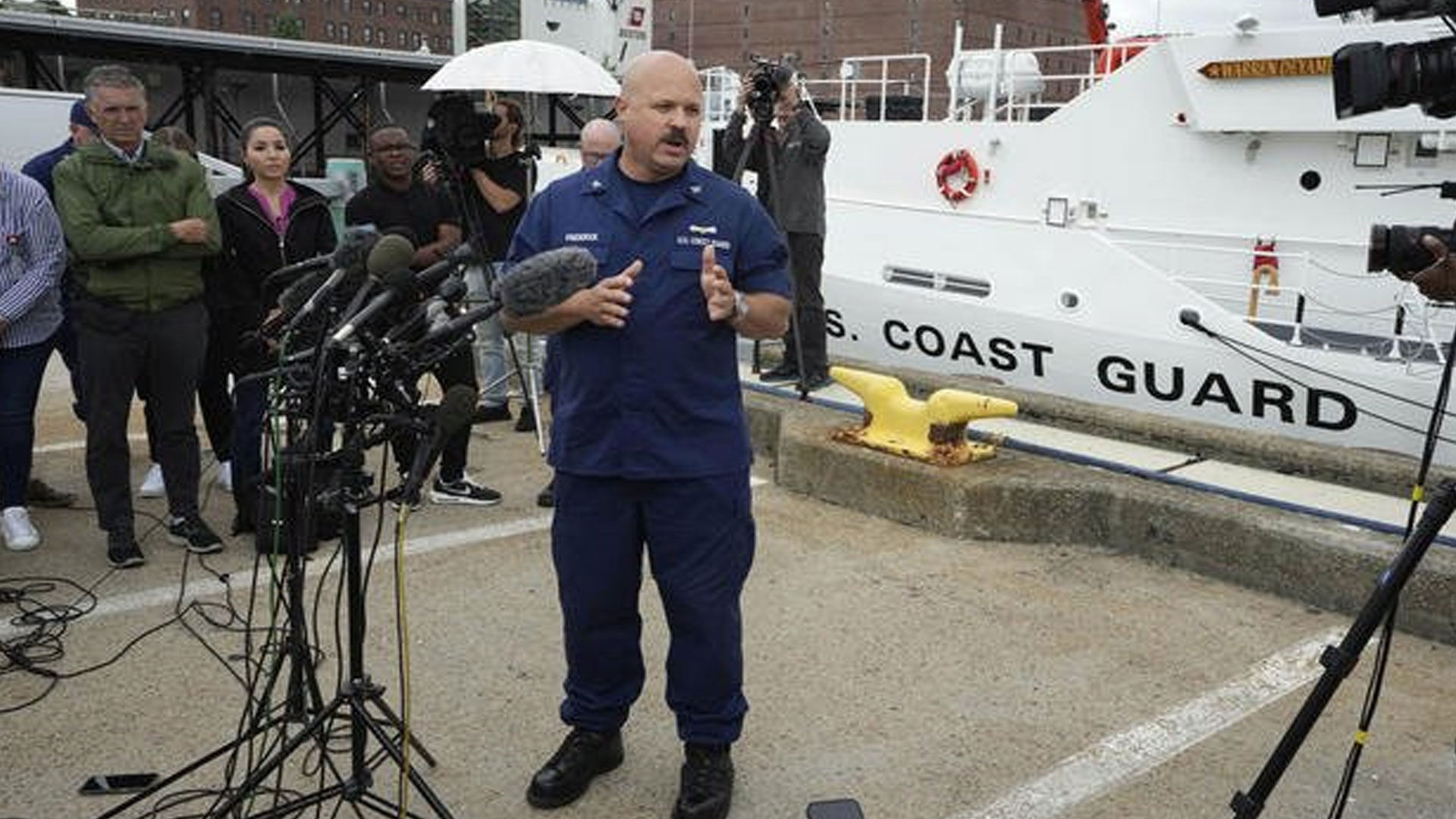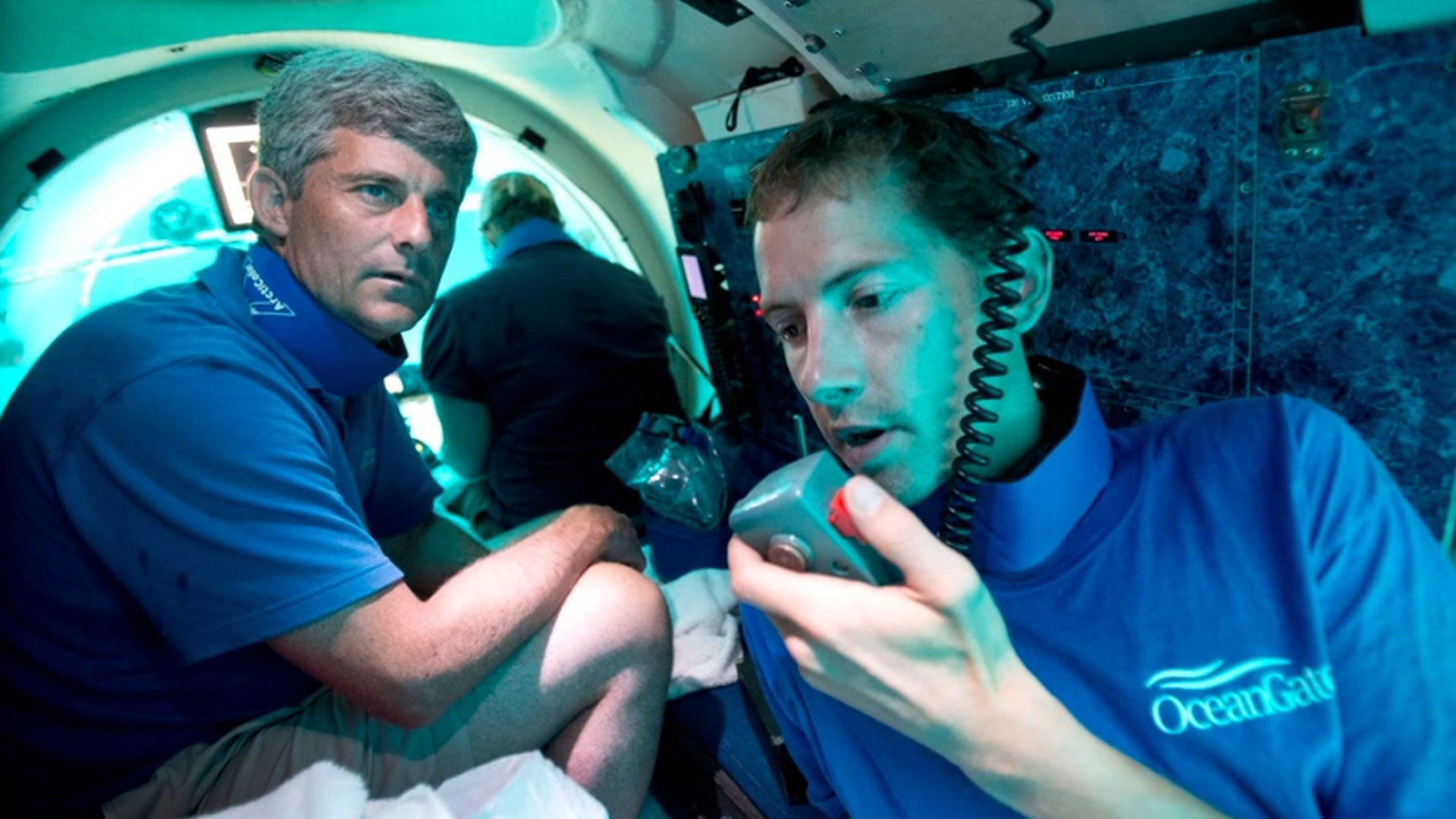Military Assists in the Search for Lost Titanic-Bound Sub
Go Back to News and Updates-

Military aircraft, salvage equipment, and ships are being sent to a remote area of the Atlantic Ocean to aid in the hunt for a private submersible that went lost on its way to the Titanic ruins.
Five people, including the pilot, a famous British explorer, two famous Pakistani business family members, and a Titanic expert, were aboard the submersible Titan.
According to Department of Defence spokesperson Sabrina Singh, two C-130 Hercules aircraft from the U.S. Transportation Command have been actively involved in search-and-rescue efforts since Sunday. The Air National Guard, the Coast Guard, and the Navy are all stepping in to help.
According to Singh, the Coast Guard oversees the operation, with the Defence Department working closely with them to ensure the crew's safety. The military's priority has been conducting extensive scans of the region to ensure no leads are lost in the hunt for the missing submersible.
The search for the Titan has been difficult thus far. During a press conference, Coast Guard authorities said that rescue crews had searched an area of the Atlantic Ocean of around 7,600 square miles without success.
During the ongoing search, time is essential. U.S. Transportation Command has sent three C-17 Globemaster III planes to the region and commercial rescue supplies to ramp up the mission.
Several additional assets have been sent along with the planes. The New York Air National Guard's HC-130J Combat King, search and rescue aircraft, has been sent to the area and is now on its way back, as stated by Governor Kathy Hochul.
Major General Ray Shields praised the 106th Rescue Wing's airmen for their devotion and readiness, and prompt reaction to the Coast Guard's request for aid.

Air Station for the Coast Guard, the C-130 Hercules aircraft from Elizabeth City, and a Canadian P-8 aircraft with the capacity to use underwater sonar has also joined the hunt. The U.S. Coast Guard, Cutter, Sycamore, and supplementary aircraft are en route to the area to provide extra support.
Aircraft and coast guard boats from Canada are also on the way. The Navy has approached the Coast Guard with an offer of aid and advice. To collect things from the ocean bottom, the Navy will send experts and a Flyaway Deep Ocean Salvage device (FADOSS), a portable motion-compensated lift device.
The Navy's Supervisor of Salvage has years of experience recovering underwater objects, including crashed aircraft. The projected 14,000-foot depth of the Atlantic Ocean around the Titanic wreckage may seem impossible, but the Navy is up to the challenge.
The Navy has proven its proficiency in deep-sea recovery operations by setting a salvage depth record in 2021 by retrieving an MH-60S helicopter from a depth of 19,075 feet off the coast of Okinawa, Japan and by successfully retrieving an F-35C Lightning II fighter from a depth of 12,400 feet in the South China Sea in March 2022.
The Navy has been exceptionally quiet about its recovery efforts, but experience tells us they are still on time. It took over a month from when a naval navigation alert was issued to when it was announced that the F-35C had been recovered.
There is still hope that the joint efforts of military and civilian groups, using their modern technology, will be able to find the missing Titan submersible. With unwavering power and skill, the effort to bring the five people back to the surface continues.
Reference is taken from the given Source Link:

